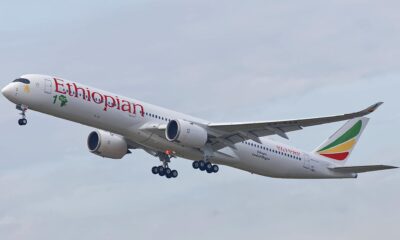Economy
Sustaining Positive Growth Trajectories of African Exchanges
Published
9 years agoon
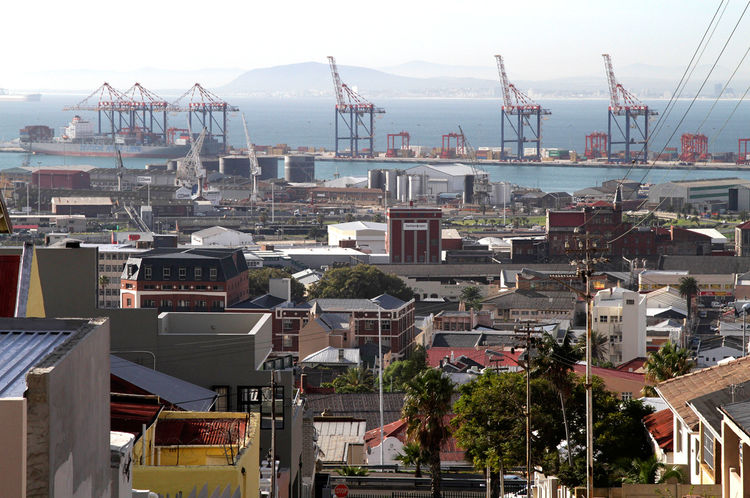
This conference, themed “Africa Evermore”, is an opportune time for us to engage with one another in open and constructive dialogue about our current operating environment, and how to go about closing the gaps in our journey to attain the full promise of Africa’s economic potential.
Compared to this year’s performance, growth in sub-Saharan Africa is projected to pick up in 2016 by 0.5 percentage points to 4.3 per cent according to the IMF’s World Economic Outlook. This growth is expected to be supported by moderate global recovery, and growth in low-income developing countries which compared to this year are projected to grow by one more percentage point to 5.8 per cent in 2016. Africa’s positive outlook is just one of the many opportunities that if well harnessed could seriously position the continent for greater heights.
Our markets currently cover multiple asset classes from equities and bonds to ETFs and derivatives. In 2015 year to date, African exchanges collectively have traded over $325.0 billion in equities, $1.2 trillion in bonds, and $438.0 billion in ETFs & Others, representing a market capitalization of over $1.3 trillion. In terms of governance and ownership structure, several of our exchanges are demutualized, while others are in the process of demutualizing. Today, our exchanges are becoming active players in the global exchange business, and the conference theme “Evermore” is about sustaining that growth position, and becoming a real platform for growth in the African economy.
The role of the capital market remains a critical one and I believe that it is time to ask the tough question of how we can sustain the positive growth trajectories of our performances as African exchanges, given the globalization of the securities business. It is my strong belief that one of the things that Africa needs to sustain its growth, is a solid capital markets ecosystem that will attract investment and unlock the potential that exists on the continent.
How do we, as capital market businesses, operate and grow in a sustainable and socially responsible way? What I would like this conference to deliver is a better understanding of: 1) how best to pursue social values, without losing sight of the traditional financial objectives of our businesses; and 2) the correlation between the health of our economies, and the value of our capital markets, bearing in mind peculiar strengths, that individually and collectively we could leverage as we press forward.
One of Africa’s greatest strengths is its population of 1.1 billion people, 200 million of whom are aged between 15 and 24, making Africa the continent with the youngest population in the world. The current trend indicates that this figure will double by 2045. Similarly, Africa’s middle class has tripled in size to 313 million people or roughly 30% of the population over the last 30 years, and it is projected that this figure will reach 1.1 billion by 2060.
We anticipate a positive shift in demand as a result of this statistic, and African exchanges are already positioning themselves to do a lot more to service the increasingly sophisticated needs of our growing middle class. Our customers will be looking to sustain and grow their wealth, and will be looking to work with us in preparation for the transfer of that wealth. Therefore I encourage all of us as capital market players to ramp up on our efforts, as we prepare ourselves to meet our clients at their points of need.
Furthermore, among the 23 nations that make up ASEA, we have a combined total of just-over 1,600 listed companies, this number is negligible compared to the actual number of successful companies operating on the continent, or the over 1.5 million businesses registered in Africa. I propose we find new ways to engage with business leaders in order to communicate more clearly the vital role we play in facilitating long-term financing, mobilizing resources, and directing the flow of savings and investments efficiently within our economies.
An even more incredible potential, one which I am particularly passionate about is the exponential benefits that accrue from risk-sharing initiatives. Internationally, integrated stock markets improve resource allocation and accelerate growth by facilitating liquidity. Although profitable investments sometimes require long-run commitments to capital, savers prefer not to relinquish control of their savings, and preferably not for long periods of time.
This is where liquidity comes in to ease the investor’s tension. It does this by providing investors with assets that are easily liquidated at any time, while simultaneously allowing firms permanent access to capital that is raised through equity issues. In this regard, I believe that there is no better time than now to intensify our efforts in ongoing initiatives that foster the advancement of regional integration and cooperation.
These sub-regional integration efforts such as WACMI in West Africa, CoSSE in Southern Africa, and EAC in East Africa must be encouraged. We must also begin to study how to effectively link the entire region. Hence, the African Exchanges Linkage Project (AELP) which is a jointly owned mandate between ASEA and the Africa Development Bank (AfDB), is a step in the right direction. It is aimed at addressing the lack of liquidity in African capital markets by creating linkages across key regional markets to reduce fragmentation and information asymmetry.
All of these efforts to deepen the continent’s markets will aid in pushing Africa’s economic transformation, and enhancing national competitiveness. But we must be careful to never lose sight of the real objective of these initiatives, which is to stimulate opportunities for the investment community, and expose issuers to deeper pools of capital, and a wider community of analysts and investors pools.
Weak corporate governance is often found responsible for many of the corporate failures in Africa. However, as securities exchanges, we operate powerful platforms through which we can influence and promote sustainable business practices. Accordingly, we must increase our contribution and participation in developing our national codes of corporate governance, by setting strong listing and maintenance requirements, and ensuring adequate disclosure of listed companies’ corporate governance arrangements.
Africa is becoming known as the continent that leapfrogs traditional stages of growth or development. We have seen this in the telecommunications industry where despite insurmountable challenges with communications infrastructure, the impact of mobile phone technology in Africa has been phenomenal, and is now revolutionizing many other sectors of our economy. When it comes to mobile phone technology, Africans are doing great things and leapfrogging the West, ironically driven by a lack of infrastructure.
Mobile payment systems experienced phenomenal growth in Kenya because many Kenyans did not have bank accounts, but they had mobile phones. Here in South Africa, the innovation of mobile commerce where you can order something on your phone and pick up from a locker is growing in popularity, and the driver for this is the limited number of physical malls. As a result of poor infrastructure in the health space, Africans are yet again turning to mobile technology for health information on platforms such as Mobile Alliance for Maternal Action (MAMA).
This trend is no different in how quickly the continent has embraced innovations in renewable sources of energy. Between 2010-2012, Nigeria’s renewable power production posted the world’s fastest growth, at more than 15% a year, according the World Bank. I therefore call on my colleagues in the capital market space to do no less in the capital market. Let us be aware of our opportunities and tremendous capabilities and get involved in understanding what emerging technology can do for our sector, from blockchain technology to advancements in cyber security.
I have no doubt that the programme at this year’s conference will surely drive the level of engagement and idea generation that will solidify and strengthen our association’s strategic resolve. But more importantly, I believe that the learnings from our interactions will elevate our business strategies to ride out the headwinds that our markets have experienced this year. In the end, I sincerely hope that we are better positioned to unlock our continent’s growth potential, and empowered to advance the development of our capital markets.
Thank you for your attention and for your anticipated contributions to the dialog during this conference. Once more, I welcome you all to the ASEA Conference 2015, and I wish us all fruitful deliberations.
•Oscar, President, African Securities Exchanges Association (ASEA) presented the speech at the associaton’s 19th annual conference in South Africa, last week.
Is the CEO and Founder of Investors King Limited. He is a seasoned foreign exchange research analyst and a published author on Yahoo Finance, Business Insider, Nasdaq, Entrepreneur.com, Investorplace, and other prominent platforms. With over two decades of experience in global financial markets, Olukoya is well-recognized in the industry.

You may like
-


Ethiopian Airlines Welcomes Africa’s First A350-1000 Aircraft
-


Outrage in Equatorial Guinea: Government Restricts WhatsApp Multimedia Sharing Amid Scandal
-
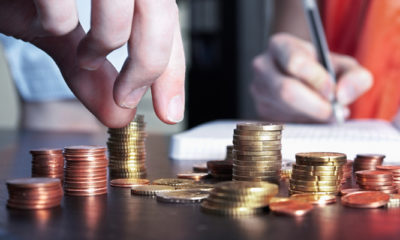

Leading African Fund Managers Will Gather for the Third Time at Oxford’s Saïd Business School to boost Africa’s rising tech potential
-
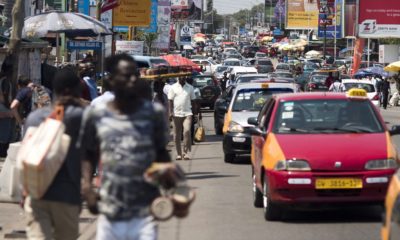

Ghana Ordered to Pay $111.5M to Power Company After U.S. Court Ruling
-


Ethiopia’s Bond Rallies with IMF’s $3.4 Billion Economic Reform Support
-
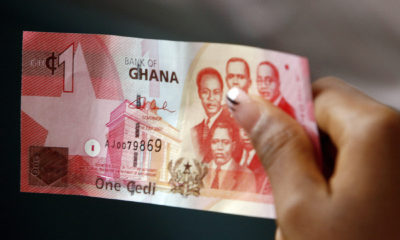

Bank of Ghana Maintains Key Interest Rate at 29% Amid Inflation Concerns

